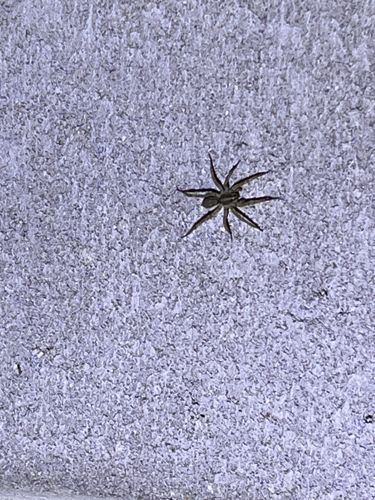Wolf Spider
Scientific Name: Lycosa spp. (or other genera within Lycosidae)
Order & Family: Order: Araneae, Family: Lycosidae
Size: Body length typically ranges from 10 to 35 mm (0.4 to 1.4 inches), depending on the species. Females are usually larger than males.

Natural Habitat
Found in a wide variety of habitats, including grasslands, forests, deserts, and suburban gardens. They often live on the ground, under rocks, logs, or leaf litter, and some species dig burrows.
Diet & Feeding
Mainly insects and other small invertebrates. They are generalist predators, eating whatever prey they can overpower.
Behavior Patterns
Wolf spiders are typically solitary hunters. They do not build webs to catch prey but instead actively stalk and pounce on their prey. Many species are nocturnal, though some hunt during the day. Females often carry their egg sacs attached to their spinnerets and, after the spiderlings hatch, carry them on their backs for a period.
Risks & Benefits
Risks: Wolf spiders are generally not aggressive and typically bite only if provoked or accidentally trapped against the skin. Their venom is not considered medically significant to humans, usually causing only localized pain, redness, and swelling, similar to a bee sting. Benefits: They are beneficial predators in ecosystems, helping to control populations of various insect pests.
Identified on: 8/23/2025